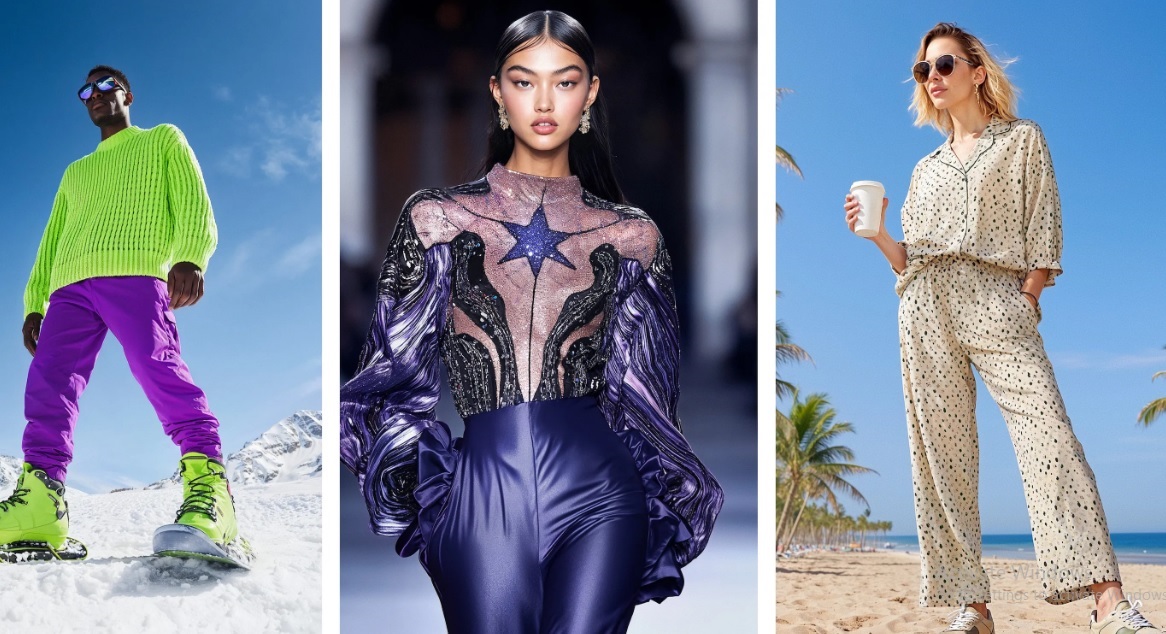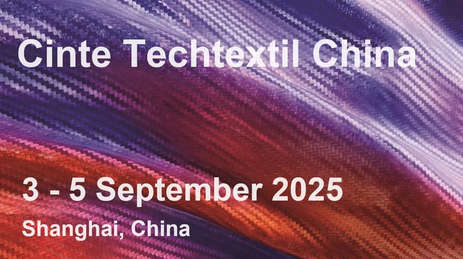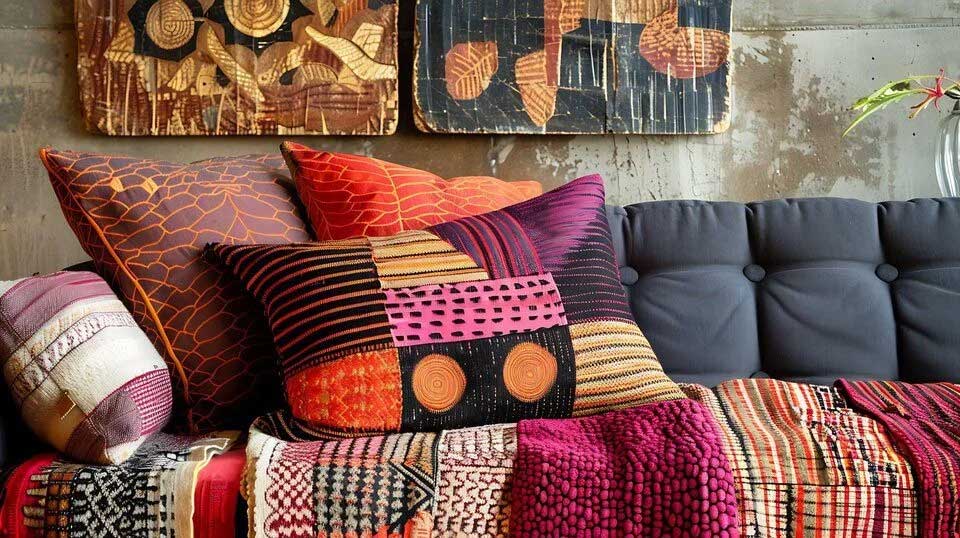
WGSN, a leading authority in trend forecasting, alongside Coloro, has unveiled its highly anticipated fashion predictions for 2025. These insights, encompassing colors, materials, and cultural influences, provide a glimpse into the styles poised to shape the fashion landscape.
Key color trends for 2025
Future dusk: This rich hue, blending deep violet and midnight blue, represents the transitional beauty of dusk. As WGSN explains, it embodies escapism and change, aligning with societal shifts and innovations like space tourism. Future Dusk, suitable for both classic styles and bold metallic finishes, is expected to resonate in luxury evening wear and investment pieces.
Cherry lacquer: A deep, rebellious red between Bordeaux and cherry, Cherry Lacquer symbolizes resistance and sensuality. It’s ideal for statement materials like patent leather and appeared prominently in collections from Versace and Gucci.
Retro blue: Evoking nostalgia and comfort, Retro Blue harkens back to analog times, providing a stabilizing touch in uncertain periods. Designers such as Emporio Armani and Zuhair Murad have showcased its versatility in contemporary silhouettes.
Neon flare: Reflecting the urgency of the climate crisis, this bold coral hue energizes with its electric vibrancy. Featured in avant-garde designs from Viktor & Rolf, it conveys collective action and futuristic innovation. Urangoo Samba, WGSN's Head of Color, notes that these hues align with the broader cultural zeitgeist: "In the near future, the lines between reality and fantasy will blur, and our choices will reflect immersive, transformative narratives."
Material and design directions
WGSN anticipates a focus on tactile and adaptive materials, blending functionality with aesthetic appeal. Space-age influences will permeate textiles and silhouettes, paralleling advances in technology and science. Metallic finishes, intricate layering, and modular designs will define the era’s cutting-edge style.
Case studies from the runway
Haute couture highlights: Designers like Giorgio Armani Privé and Gaurav Gupta have embraced Future Dusk in celestial-inspired gowns, demonstrating its versatility and allure.
Bold red statements: Cherry Lacquer appeared in Zuhair Murad’s ethereal creations and Versace’s structured pieces, emphasizing its duality of defiance and allure.
Retro and coral notes: Retro Blue’s nostalgic charm graced Emporio Armani’s collections, while Neon Flare punctuated the vibrant displays of Valentino and Mark Fast.
The report identifies six key trends that will shape the fashion industry in the coming year.
The rise of individuality: Consumers are increasingly looking for clothing that reflects their unique personality and style. This trend is being driven by the rise of social media and the growing popularity of online shopping, which has made it easier for people to express themselves through their clothing choices. For example, Gucci has embraced the trend of individuality by launching a new campaign that celebrates the unique style of its customers. The campaign features a diverse cast of models who are wearing Gucci clothing in their own unique way.
The return of vintage: Vintage fashion is making a comeback in 2025. This is due in part to the growing popularity of sustainability and the desire for unique and timeless pieces. Consumers are also looking for clothing that has a story, and vintage pieces often have a rich history that can add to their appeal. Levi's has embraced the trend of vintage fashion by launching a new collection of vintage-inspired jeans. The collection features classic Levi's styles that have been updated with a modern twist.
The comfort factor: Comfort is a top priority for consumers in 2025. This is due to the increasing demand for athleisure wear and the growing popularity of working from home. Consumers are looking for clothing that is both stylish and comfortable, and they are willing to pay a premium for pieces that meet these criteria. Nike has embraced the trend of comfort by launching a new line of athleisure wear. The line features comfortable and stylish clothing that is perfect for everyday wear.
The rise of sustainable fashion: Sustainability is becoming an increasingly important issue for consumers, and this is reflected in the fashion industry. In 2025, we will see a rise in the demand for sustainable fashion brands and products. Consumers are looking for clothing that is made from recycled materials and that is produced in an ethical and sustainable manner. Stella McCartney for example, has embraced sustainable fashion by using recycled materials in her designs. She has also partnered with Fairtrade to ensure that her clothing is produced in an ethical and sustainable manner.
The power of technology: Technology is playing an increasingly important role in the fashion industry. In 2025, we will see a rise in the use of artificial intelligence, virtual reality, and augmented reality in fashion design, production, and retail. Farfetch has embraced the trend of technology by using artificial intelligence to personalize the shopping experience for its customers. The company has also developed a virtual reality app that allows customers to try on clothes before they buy them.
The global fashion landscape: The fashion industry is becoming increasingly globalized. In 2025, there will be a rise in demand for international fashion brands and products. Consumers are looking for clothing that reflects the diversity of the world around them, and they are willing to shop from brands that are based in different countries.
The 2025 trends transcend fashion, offering a blueprint for innovation across design industries. As cultural, technological, and ecological factors converge, these trends promise to inspire an era of creativity and resilience.












